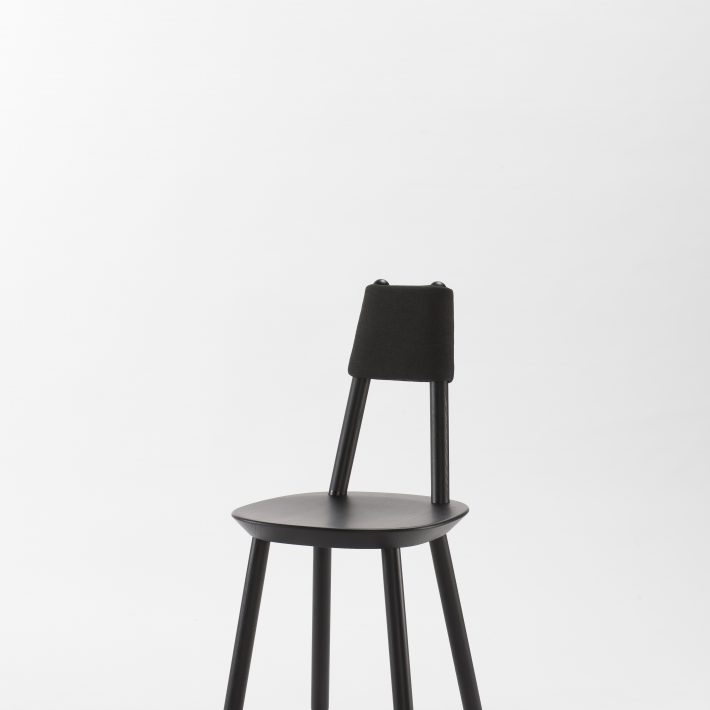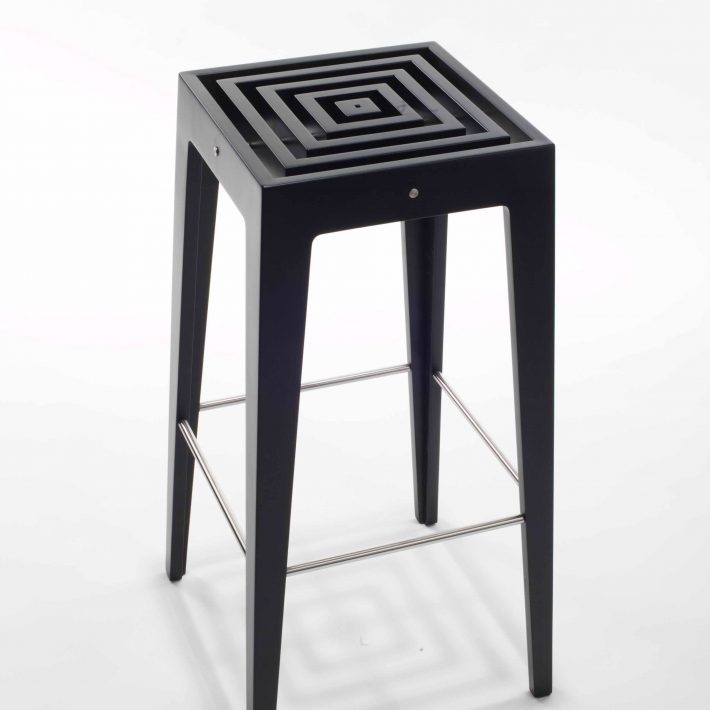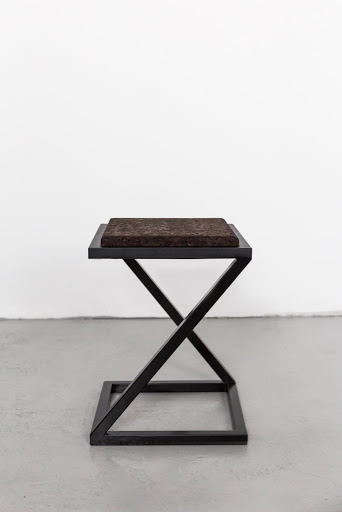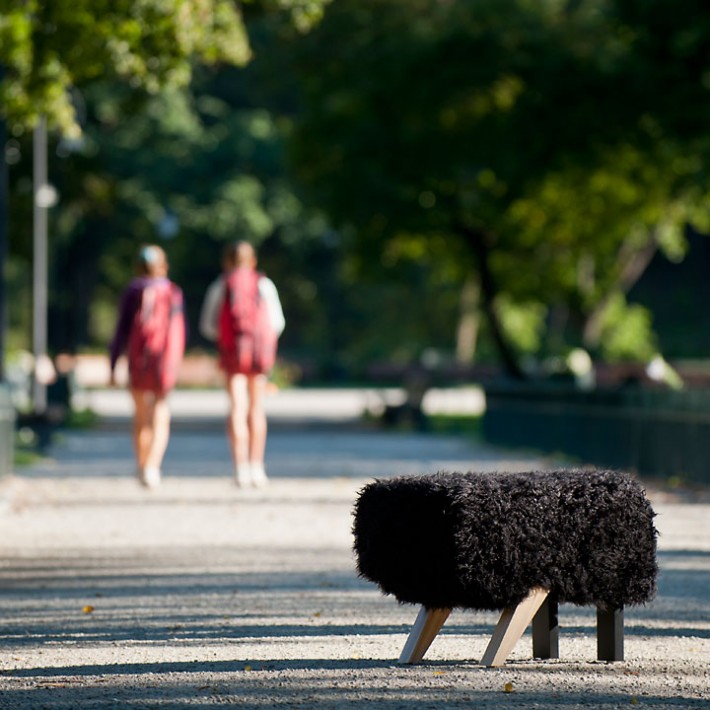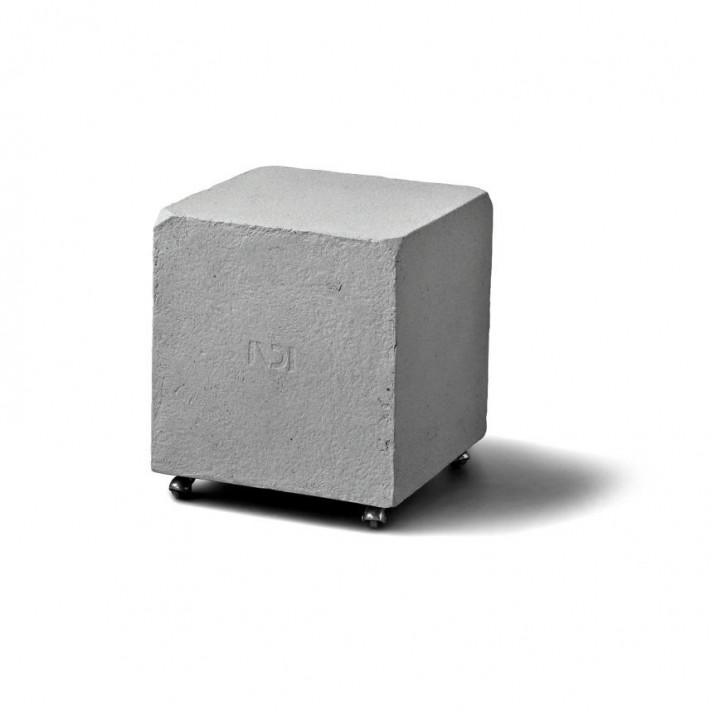On October 23rh – 25th Lithuania will be participating at the Grassi International Design Fair in Leipzig as a guest of honour. The fair which will be taking the place at the Grassi Museum of Applied Arts will be a focus on furniture, interior accessories, jewellery and glass objects from 23 Lithuanian creators.
Lithuania’s special participation in the Grassi Design Fair is organized by the Lithuanian Institute of Culture, the Lithuanian Design Forum and the Gallery VARTAI.
“The Leipzig Design Fair is almost the only major international cultural event in Europe and one of the few in the world that has not been postponed or cancelled. This year, the Lithuanian Cultural Institute had to change several plans for the dissemination of culture abroad: for example, the book fairs in Leipzig, London and Bologna did not take place, the Frankfurt Book Fair moved to the digital space, and many festivals were cancelled. Therefore, this year Grassi fair is an exceptional example of a ‘live’ event that has adapted to the current constraints. Only a few designers go to Leipzig to present their works, but we hope that those who stay in Lithuania will be perfectly represented by their works, ” says Aušrinė Žilinskienė, Director of the Lithuanian Cultural Institute.
The Lithuanian Institute of Culture will present the works of seven designers who won the competition held in May at the Grassi Design Fair. Inga Likšaitė will exhibit three works from the series “Body of Work” (digital embroidery on canvas) in Leipzig. Rokas Dovydėnas sends an installation from vases decorated with rings and pencils. Design experts will be able to view Aušrinė Augustinaitė’s collection “radii”, which consists of dining and coffee tables and three sizes of cast ceramic vases, as well as Eglė Čėjauskaitė and Ieva Grigienė’s jewellery works, Rūta Indriūnaitė’s vase and Christmas toys, Antanas Geras’ toys.
The Lithuanian Design Forum will present to the visitors of the Grassi Design Fair a collection “12 Chairs of Lithuanian Design” curated exclusively for the fair, inspired by a classic novel of Soviet-era black satire. As in the work of Ilya Ilf and Jevgenijus Petrovas, each chair exhibited in the exhibition has its own history and character – naive, agile, restrained or repeating fragments of old times. This integral element of the human material environment, which becomes a creative challenge and a proof of mastery for many designers, will be presented in the collection by Etc.etc., EMKO, Dalius Razauskas (Otherwise), Justinas Žlioba, Marija Puipaitė (IDDO), Marija Ščerbakovaitė – Gruzbarzdė, Mindaugas Žilionis, MUISTA, Nauris Kalinauskas, Pušku pušku, Simonas Tarvydas (INDI), Sedes Regia, Žilvinas Stankevičius.
“I am sincerely glad that in this difficult period we have the opportunity to present for the first time in Leipzig an exclusive collection of Lithuanian design chairs, which perfectly reflects the versatility and potential of Lithuanian creators. In today’s phase of our lives, during a pandemic, the boundaries between home and work have been blurred. With this “Collection of Twelve Chairs,” we want to show the most unexpected chair solutions that can be both comfortable and adapted to the most diverse spaces where we can find a space to work, relax and socialize. We have selected the best works created by recognized design professionals and young novice designers, ” says Gabija Vanagė, Executive Director of the Lithuanian Design Forum.
Gallery VARTAI will present Martynas Kazimierėnas furniture and light installation ‘Personal Sunset’, Paulius Vitkauskas ‘Unclosed Shelf’ and chair ‘Ku-dir-ka’ and two latest Vytautas Gečas and Marija Puipaitė furniture collections ‘Envisioned Comfort’ and ‘Romantika” at the design fair’.
Lithuanian Institute of Culture is a budgetary institution established by the Ministry of Culture of the Republic of Lithuania. The main function of which is to disseminate Lithuanian culture abroad. The mission of the Lithuanian Institute of Culture is to create sustainable international cultural partnerships and actualize the value of Lithuanian art.

